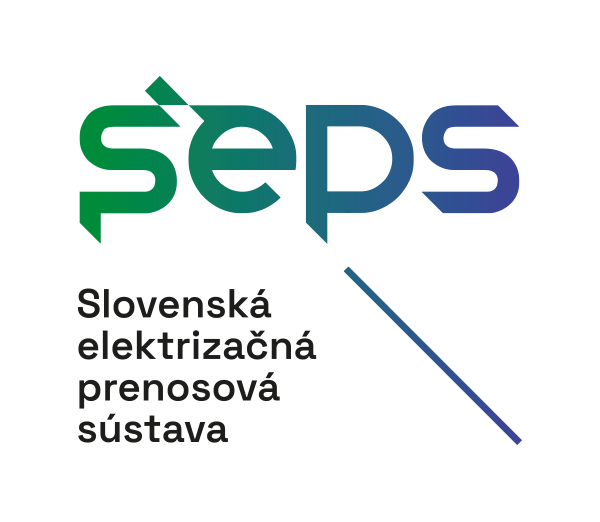
SAD, BUT VERY IMPORTANT FINDINGS
Last year 6 saker falcons were tagged with the satellite transmitters to identify the dangerous utility poles/lines located in the home range of breeding pairs and priority habitats in Slovakia. The main finding of the present study is the fact that none of the monitored individuals survived the dispersal period.
At least half of them died due to human activity (electrocution, hunting), which is probably unbearable in the long term for wild populations of most animal species. This shows the need to start eliminating all types of artificial traps (e.g., electrocution, hunting, poisoning, etc.) without delay, thus helping to prevent the decline of populations of many species in the shorter or longer time horizon. Depending on the type of construction, power lines may cause fatal injuries and death to birds due to electrocution and collision. The negative impact of electrocution on endangered raptors, such as Saker Falcon who is often using poles for perching, with many other direct and indirect mortality factors, can lead to a great reduction in population strength and density.
All saker falcon nesting pairs in Slovakia have gradually resettled from the foothills to the neighboring agrocenoses, with a higher risk of possible electrocution and/or collisions as the lowland country is often an important industrial area at the same time, requesting extensive distribution and transmission grid. Individuals of saker falcon are endangered especially by human activities (hunting, poisoning, etc.), but one of the main causes of mortality is electrocution on distribution power lines.
Common victims of electrocution in Slovakia are often young saker falcon individuals, corresponding to observations from many other countries. Proximity to nests or non-insulated medium voltage poles poses a fatal risk for many young and inexperienced birds with a lower ability to fly, as they try to take off or land on poles.
Within the LIFE Danube Free Sky project, we have started to use a best practice method (use of satellite transmitters) to identify the habitat preferences and other behaviour of birds to focus on the most dangerous poles and increase the efficiency of insulation to protect more birds.
With the development of satellite telemetry, we can focus more on the survival/mortality rate within the period between fledging and reaching independence but also determine the risk factors. Another advantage of satellite telemetry is that it allows monitoring, for instance, of even individuals who disperse over considerable distances after becoming independent and which could no longer be monitored by conventional radio telemetry.
Satellite transmitters with added mortality sensors make it possible to record mortality rates and their causes even in individuals that may be tens of thousands of kilometres away from their natal areas, revealing vital information needed in efforts to protect biodiversity and save a wide variety of species, not just critically endangered species.
Within the LIFE Danube Free Sky project, satellite transmitters were installed on 6 juveniles of saker falcon last year (please see more here) to identify which of the dangerous utility poles/lines are located in the home range of breeding pairs and priority habitats in Slovakia. Based on the obtained results from transmitters special attention will be given to an atypical and thus the most dangerous types of consoles which are considered the most difficult to be insulated in cooperation with the distribution line utility operator (ZSD, a.s.). At least 370 of them will be safe for birds until the end of the project. The cooperation with relevant power grid operator is excellent and intensive meetings and field surveys were made to define the most important areas and select the best mitigation measures.
The monitoring took place from 1 June to 15 November 2021 and individuals were monitored for 92 days, and 49,349 locations were recorded for each of them.
The negative finding was that none of the six monitored individuals reached adulthood, and all died during the period of dispersal movements, although high mortality of young independent birds is quite common too. From 6 tagged sakers, electrocution was reported in at least two cases related to distribution utility poles in Slovakia and Greece. Power lines and pylons thus represent a significant cause of saker falcon mortality and can influence population demographics. The causes of death of two chicks could not be determined, therefore it is theoretically possible that their transmitters failed, one individual was caught by trappers in Kosovo and the last died in Sicily, most likely in connection with bad weather when several tornadoes swept through Sicily at that time.
The main finding of the present study is the fact that none of the monitored individuals survived the dispersal period. At least half of them died due to human activity (electrocution, hunting), which is probably unbearable in the long term for wild populations of most animal species. This shows the need to start eliminating all types of artificial traps (e.g., electrocution, hunting, poisoning, etc.) without delay, thus helping to prevent the decline of populations of many species in the shorter or longer time horizon.
Information on mortality rates and their causes in raptors and owls during the post-fledging dependency period and subsequent dispersal is essential for their more effective protection, including more efficient use of funds. The use of PTTs will bring also new valuable data about behavior of other priority species within the LIFE Danube Free Sky project, such as the Dalmatian Pelican in Romania and Imperial Eagle in Slovakia in relation to conflict areas. Six saker falcons are planned to be tagged this year in Serbia. The results from transmitters will be applied widely by conservation measures also in other territories within the project and non-project countries.
The study was published in the Raptor Journal Volume 15 (2021): Issue 1 and can be downloaded: HERE.






























